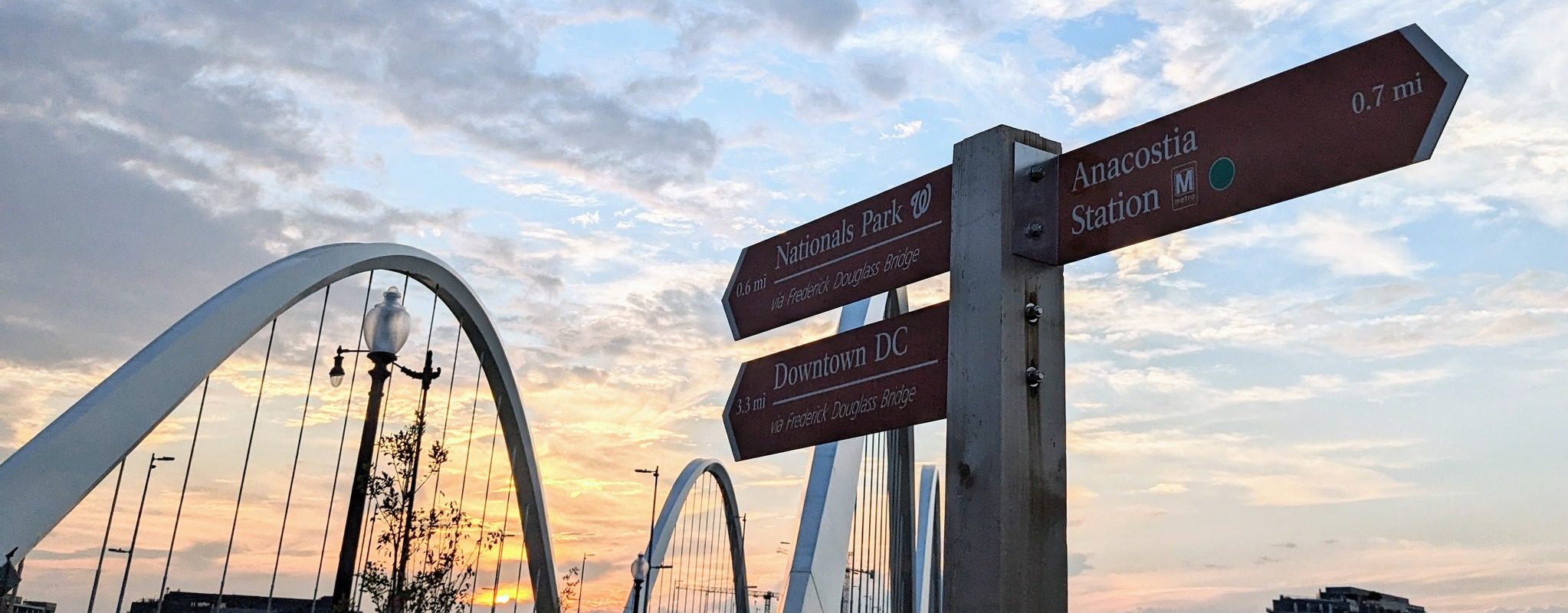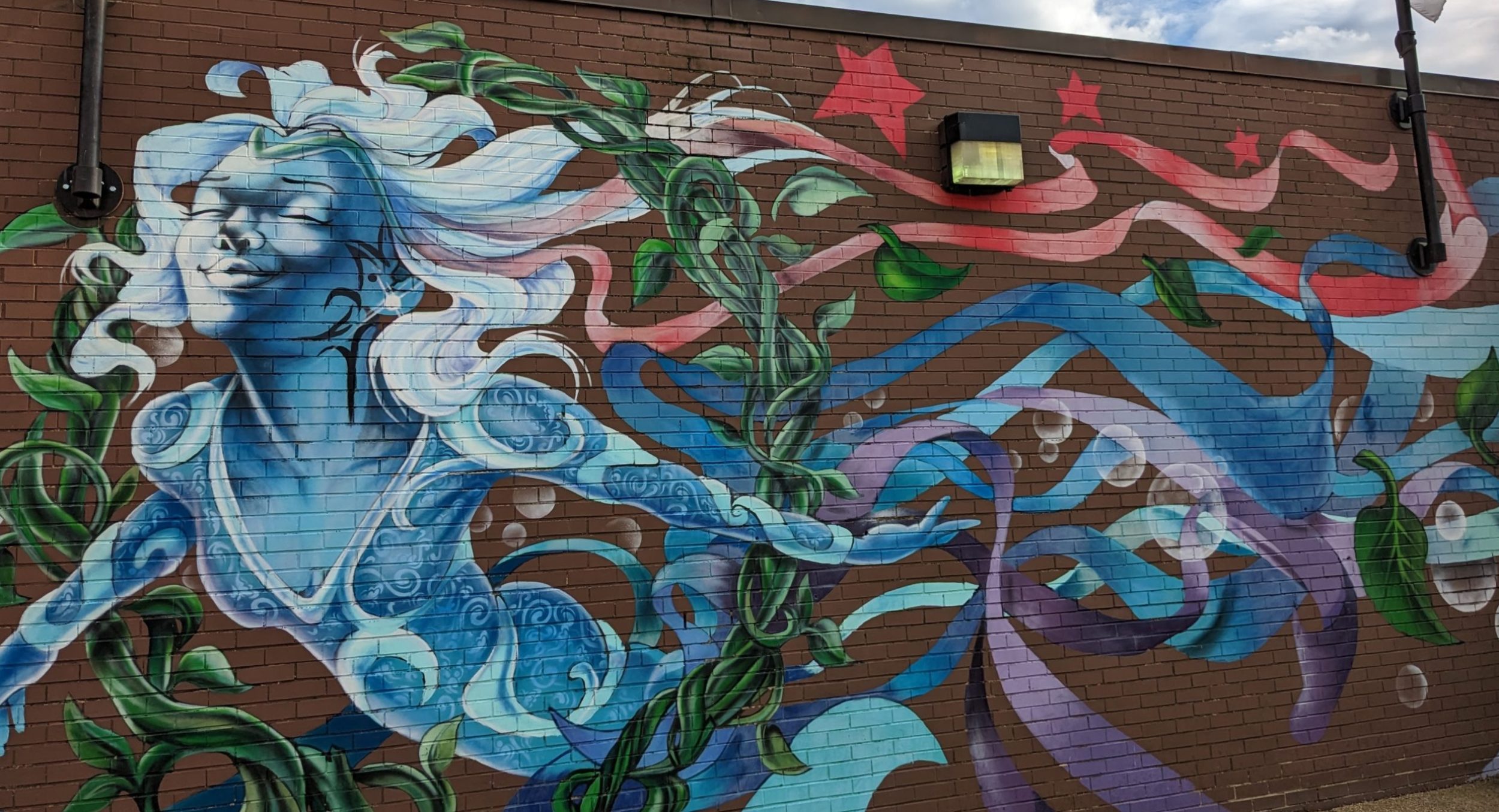 This cemetery for abandoned trains stands near the edge of the Bolivian salt flats, which someday might help lead the world away from massive oil consumption. Carmakers are paying close attention to Bolivia, whose salt flats are home to the world’s largest reserves of lithium. Batteries for electric cars use lithium.
This cemetery for abandoned trains stands near the edge of the Bolivian salt flats, which someday might help lead the world away from massive oil consumption. Carmakers are paying close attention to Bolivia, whose salt flats are home to the world’s largest reserves of lithium. Batteries for electric cars use lithium.
It’s been a tricky business in decades past for foreigners to bring investment into Bolivia in a way that benefits foreigner and native alike. Or even one side of the deal. This great posting by a train buff lists the manufacturers of the iron beasts now rotting away in Uyuni.
Think of al l the time and work and investment it took to bring these trains from the U.S. and Europe to a remote corner of South America’s only landlocked country, and to what end? I’d like to thin
l the time and work and investment it took to bring these trains from the U.S. and Europe to a remote corner of South America’s only landlocked country, and to what end? I’d like to thin k that they proved too outdated, that trucks simply were more efficient and this is somehow their proper end. Yet, some of the machines look good despite the damages of years of blazing sun and salted air. Is there really no better use for them in a country as poor as Bolivia?
k that they proved too outdated, that trucks simply were more efficient and this is somehow their proper end. Yet, some of the machines look good despite the damages of years of blazing sun and salted air. Is there really no better use for them in a country as poor as Bolivia?
Time in January 2009 called Bolivia the “Saudia Arabia of lithium,” while noting that if “the past is any indication, electric carmakers should look to the Andes with sober eyes.” The BBC in November 2008 reported that Mitsubishi estimates that the world lithium demand will outstrip supply in less than 10 years — unless new sources are found, and those are in Bolivia. The BBC quoted Eichi Maeyama, the Japanese carmaker’s general manager in the Bolivian capital of La Paz, as saying: “The demand for lithium won’t double but increase by five times…We will need more lithium sources – and 50% of the world’s reserves of lithium exist in Bolivia, in the Salar de Uyuni.”
Under Evo Morales, Bolivia is trying to expand its control over natural resources, the BBC reported. It quoted Bolivia’s minister for mining, Luis Alberto Echazu, as saying: “We want to send a message to the industrialized countries and their companies..We will not repeat the historical experience since the fifteenth century: raw materials exported for the industrialisation of the west that has left us poor.” The country is planning a $5.7 million pilot plant for processing lithium. We’ll see how it goes. The people in the area are excited about it, at least according to the man who was paid to drive us around on our one day in the western side of the salt flats.
//www.youtube.com/get_player
Above is a three-second video where you can see something bubbling away in the salt flats. I have no idea if this has anything to do with lithium, but it was pretty neat to see on our daytrip out into the eastern edge of the salt flat. Below is a video of my husband giving a brief tour of the salt flats.
 And that’s David, by the salt flats. He pushed for us to add this leg to our Peru-Bolivia trip. I’m glad he did. It was worth two overnight bus trips in the course of three nights. There was a fossil coral island in the salt flats, and a village under a volcano on the edge.
And that’s David, by the salt flats. He pushed for us to add this leg to our Peru-Bolivia trip. I’m glad he did. It was worth two overnight bus trips in the course of three nights. There was a fossil coral island in the salt flats, and a village under a volcano on the edge.  It’s very beautiful and very different.
It’s very beautiful and very different.
Salt Hotels
The hotel to the left turned out to be one of the highlights of the trip. Set on a little incline overlooking the salt flats, the hotel is largely made of salts. We had a lovely night there ahead of spending a day on the salt flats, or salares. We also visited a salt hotel set on the salares. That’s me at that second hotel, standing near a salt statue of a clock tower. The books say that this hotel has been closed because it posed a risk to the environment. When we were visiting, people came out of rooms and appeared to be having breakfast. Kind of makes one wonder what could happen with massive scale lithium production, even with the goodwill and promises made by a government that does owe a great deal to the poor people of Bolivia.





